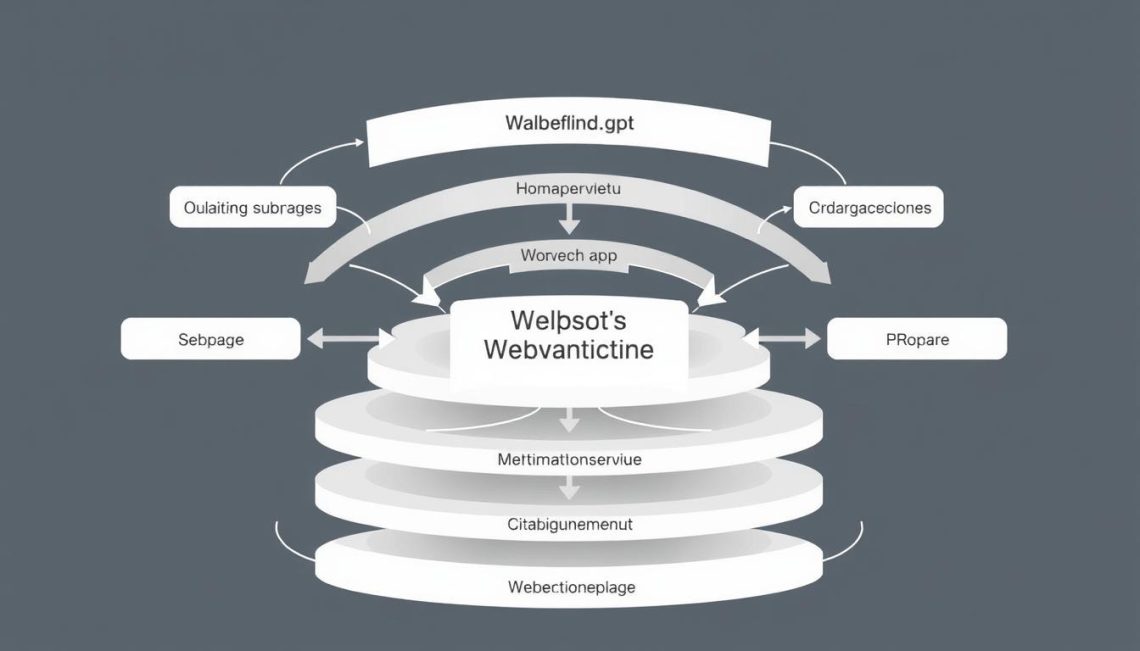In the ever-evolving digital landscape, the importance of website architecture for SEO cannot be overstated. A well-structured website not only enhances search rankings but also significantly improves user experience. Website architecture refers to how a site’s pages are organized and linked, which plays a crucial role in how search engines crawl and index content. An intuitive website structure contributes to easy navigation, encourages user engagement, and ultimately helps retain visitors.
When the architecture is designed thoughtfully, it enables search engines to efficiently understand your site’s content, leading to better indexing and visibility in search results. As a result, businesses can enjoy higher traffic and improved conversion rates. In this section, we will explore various aspects of website architecture that are integral to optimizing SEO while keeping user experience at the forefront.
Understanding Website Architecture
Website architecture encompasses the organization of a site’s content, linking structure, and navigational elements. A solid understanding of the website architecture definition includes recognizing the key components of website architecture. This foundation helps webmasters create user-friendly designs, leading to a more engaging experience for visitors.
Definition and Key Components
At its core, website architecture involves several essential elements, including:
- Site Hierarchy: This illustrates the relationship between different pages, allowing users to understand how information is organized.
- Navigation Structure: A well-planned navigation structure simplifies how users find the information they seek, enhancing overall website usability.
- URL Structure: Creating concise and descriptive URLs aids both users and search engines in recognizing the purpose of pages.
By mastering these key components of website architecture, webmasters can improve site navigation and facilitate seamless user interactions.
How Website Architecture Impacts User Experience
A well-designed website architecture plays a crucial role in shaping user experience. When a site is intuitively structured, it allows visitors to locate information quickly. Improving website usability benefits retention rates and encourages users to explore more content. Key aspects contributing to better user experience include:
- Intuitive navigation menus that guide users effortlessly.
- Logical categorization of content for easier access.
- A clear path that encourages user engagement with the site.
Research indicates that websites with organized architecture contribute to lower bounce rates and longer visit durations. Users are more likely to return to sites that prioritize a seamless navigation experience.

Website Architecture and Search Engine Optimization
Understanding the relationship between website architecture and search engine optimization is crucial for achieving better visibility. A well-organized site enhances content organization, making it easier for search engines to index pages effectively. This structured approach not only aids in search engine crawling but also improves overall site performance.
Organizing Content for Better Indexing
Effective content organization plays a pivotal role in how search engines index a website. By utilizing a systematic hierarchy complemented by a site map, search engines can navigate the website more efficiently. Key practices include identifying important pages and utilizing relevant keywords, which assists in creating a strong foundation for indexing.
Influence on Page Load Speed and Crawl Efficiency
The architecture of a website directly impacts page load speed and crawl efficiency. Optimizing the structure ensures that pages load quickly, which enhances user experience. Reducing unnecessary scripts and minimizing large images contribute significantly to technical SEO, improving site performance. Efficient architecture allows search engine bots to efficiently crawl through the website, ensuring timely indexing of essential pages.
Creating a Logical Site Structure for SEO
Establishing a logical site structure is fundamental for successful SEO strategies. A well-defined architecture ensures that both users and crawlers can navigate the site effortlessly. Internal linking supports this by creating clear user paths, connecting related content seamlessly. Implementing consistent URL naming conventions alongside structured categories enhances user experience and facilitates better indexing by search engines.

| Website Architecture Element | Impact on SEO | Example |
|---|---|---|
| Content Organization | Improved indexing and search engine crawling | Using a clear sitemap |
| Page Load Speed | Better user experience and crawl efficiency | Minimizing scripts and images |
| Logical Site Structure | Enhanced navigation and user paths | Utilizing internal linking effectively |
Best Practices for Optimizing Website Architecture
To enhance your website architecture, it’s essential to adopt website architecture best practices that streamline navigation and improve overall SEO performance. One effective strategy is to maintain a flat site hierarchy, minimizing the number of clicks needed for users to reach content. This not only helps visitors find information quickly but also aids search engines in indexing your site efficiently.
Utilizing descriptive and keyword-rich URLs contributes significantly to optimization strategies. Clear URLs provide context and enhance understanding for both users and search engines, improving the visibility of your web pages. Moreover, implementing breadcrumb navigation can offer clear pathways for users while reinforcing site structure, promoting user experience enhancements.
Furthermore, regular audits of your site structure are vital. Ensuring there are no broken links or outdated content can greatly improve user experience and satisfaction. Additionally, optimizing your website for mobile responsiveness is crucial in today’s digital landscape, where mobile traffic is booming. By applying these best practices, you will cultivate an intuitive, efficient site architecture that promotes better indexing and ultimately boosts your overall SEO performance.



